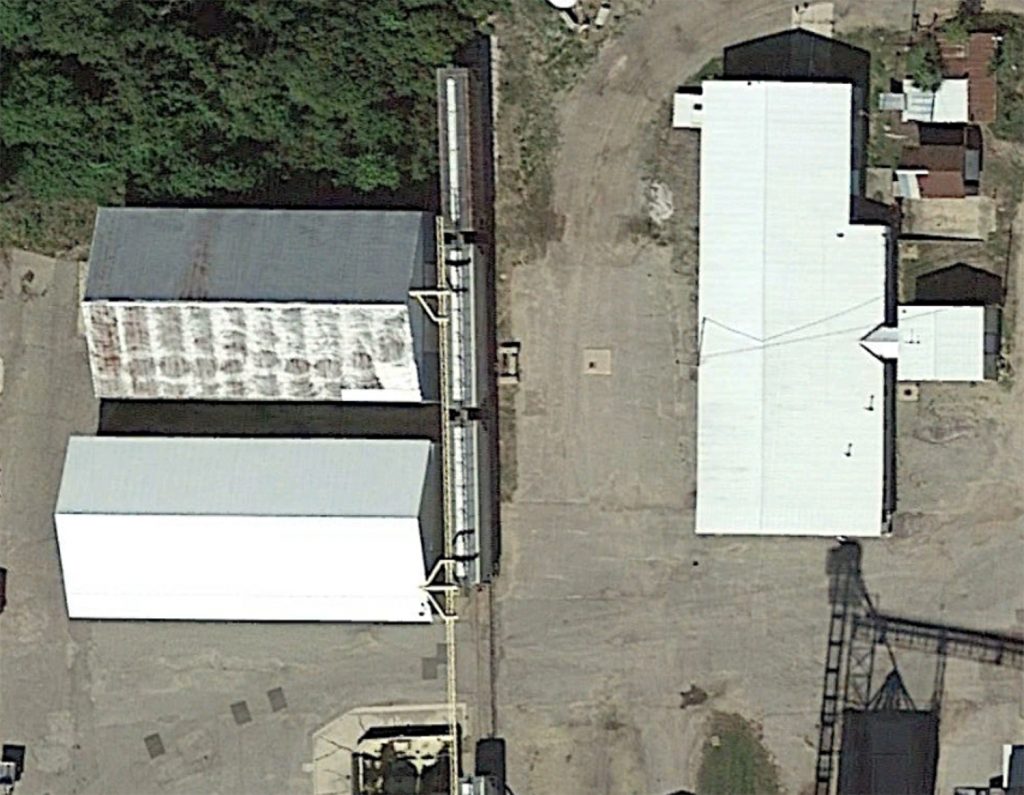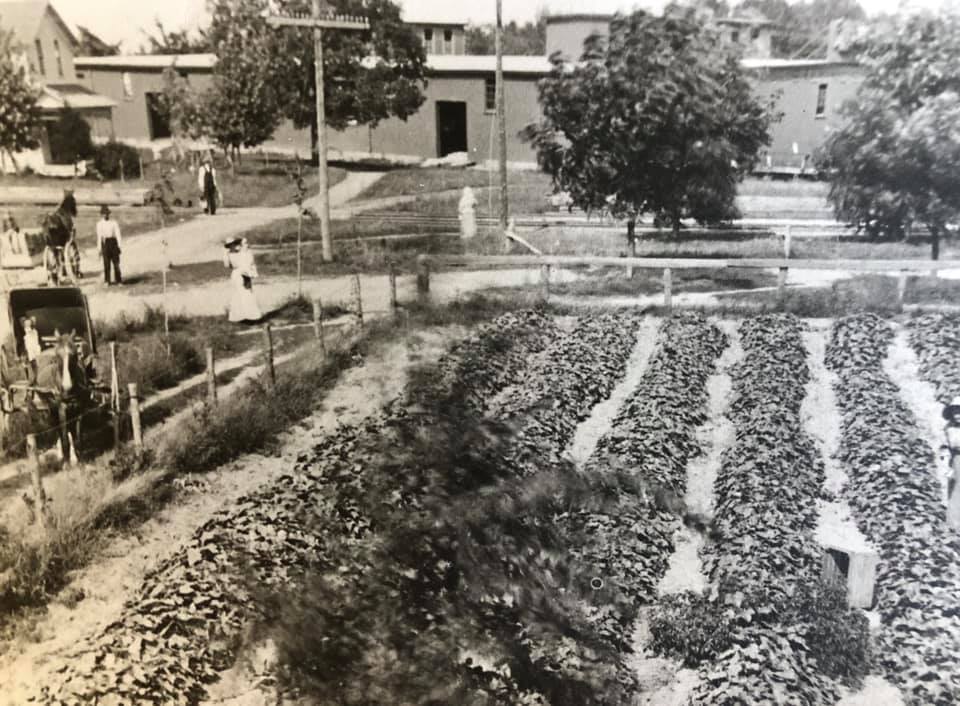
Cover photo by Nathan Nietering
Anyone who has passed through the small town of Hamilton, Michigan can not help but notice the large wood railroad trestle next to the main road (M40) that passes through town. The Rabbit River and the trestle have always has been a focal point for the town. Today, the area has been converted into a park to preserve it and allow people to take in the beauty of the place. What most do not know is that the trestle only exists to service one remaining industry, the Hamilton Feed complex on the South side of the river.

Hamilton Feed (as of September 2020 part of Endeavor Ag & Energy) is located on the southside of the Rabbit River which divides the Town of Hamilton Michigan. Today, Hamilton Feed owns the line (known as the Hamilton Spur). CSX delivers cars from Holland down to Hamilton. There are other industries on the CSX end of the line in Holland. The remainder of the line from Hamilton to Allegan was abandoned by the C&O back in 1973. Traffic on the line is very light with trains rarely exceeding six cars. A caboose was used on the trains up until somewhere around 2008-2010.

The Rabbit River has been the central focus of Hamilton (originally the town was named Rabbit River) since the first dam and sawmill (Rabbit River Mill) was constructed there in 1852. Several logging and milling operations have existed at the Rabbit River location. The railroad came to town in the 1870 when the Michigan Lake Shore Railroad (MLS) built the line from Allegan to Muskegon. It did not take long for the MLS to have financial trouble as Allegan was not a high traffic source and competing roads were numerous. By 1881 the MLS was reorganized to become the Grand Haven Railroad and shortly after merged into the Chicago and West Michigan Railroad which went on to become the Pere Marquette then C&O and today CSX.

The river was well known by locals as a fishing “hot spot” for many years. Many images remain of men fishing with dip nets below the trestle and the dams. The Trestle was originally built in 1868 (the line opened in 1870). Today’s trestle rises 34 feet above the Rabbit River and is 420 feet long with 186 pilings. In HO scale this would be approximately 58 inches long and 4.7 inches high.

The current track arrangement includes a run-around track and a single spur into the Hamilton Mill property. Trains coming from Holland enter the Southwest run-around track. Once there, the train crew can uncouple and begin shunting cars in and out of the Hamilton property. Although it’s a single track, there are three areas to spot cars depending on the requirements. The most recent satellite image shows 3 cars in the first spot, possibly 2 cars in the second spot (one under the unloading shed) and 3 cars in the final spot, while 3 cars remain on the run-around track outside the property.

Modeling this prototype could be done with compression on a shelf (with a dip for the trestle). The switch crew will need to remove the correct cars and re-shuffle the cars into the order required by the business. This can be done with cards that are shuffled like a deck of cards. You could also take a bit of creative license and shorten the switch lead to accommodate just a couple cars. This will increase complexity and increase the time it takes to switch the industry. The satellite image only shows grain cars, but recent photos of trains going to Hamilton have included tank cars and there does appear to be tanks alongside the unloading shed. It is likely that the location is receiving those types of cars.



An additional spur can be seen in the satellite image although the turnout has been removed in recent times. It is at the northern end of the run-around track. In my research, it appears this spur serviced the pickle plant but its use after WWII is unknown. I have noticed on several images taken during the 2000-2007 period, wood cars and box cars were taken all the way to Hamilton. I would assume these were either service a lumber yard that was located at that location or it was a team track that unloaded at that location. Either way, including that track can increase the operations and diversify the train cars a bit.

If you are a steam era fan, not to worry! The same location had spurs for both a Heinz Salting Plant and a lumber yard/Grain Co-op. The same track plans could be used with just a change of equipment and buildings.


The key scenic feature of Hamilton is the trestle. On many small layouts, a hidden track or cassette is used to simulate the place where the main line enters the scene. The prototype in this case offers a unique and beautiful scenic feature. The following drone footage allows a closeup view of the trestle and the surrounding area.

Just wonderful history and great video. Thanks for showing the possibilities of each one!
I finally got around to mocking this up in 3D. The link is:
http://www.jomrd.com/index.php?page=ShowRecord&ID=182